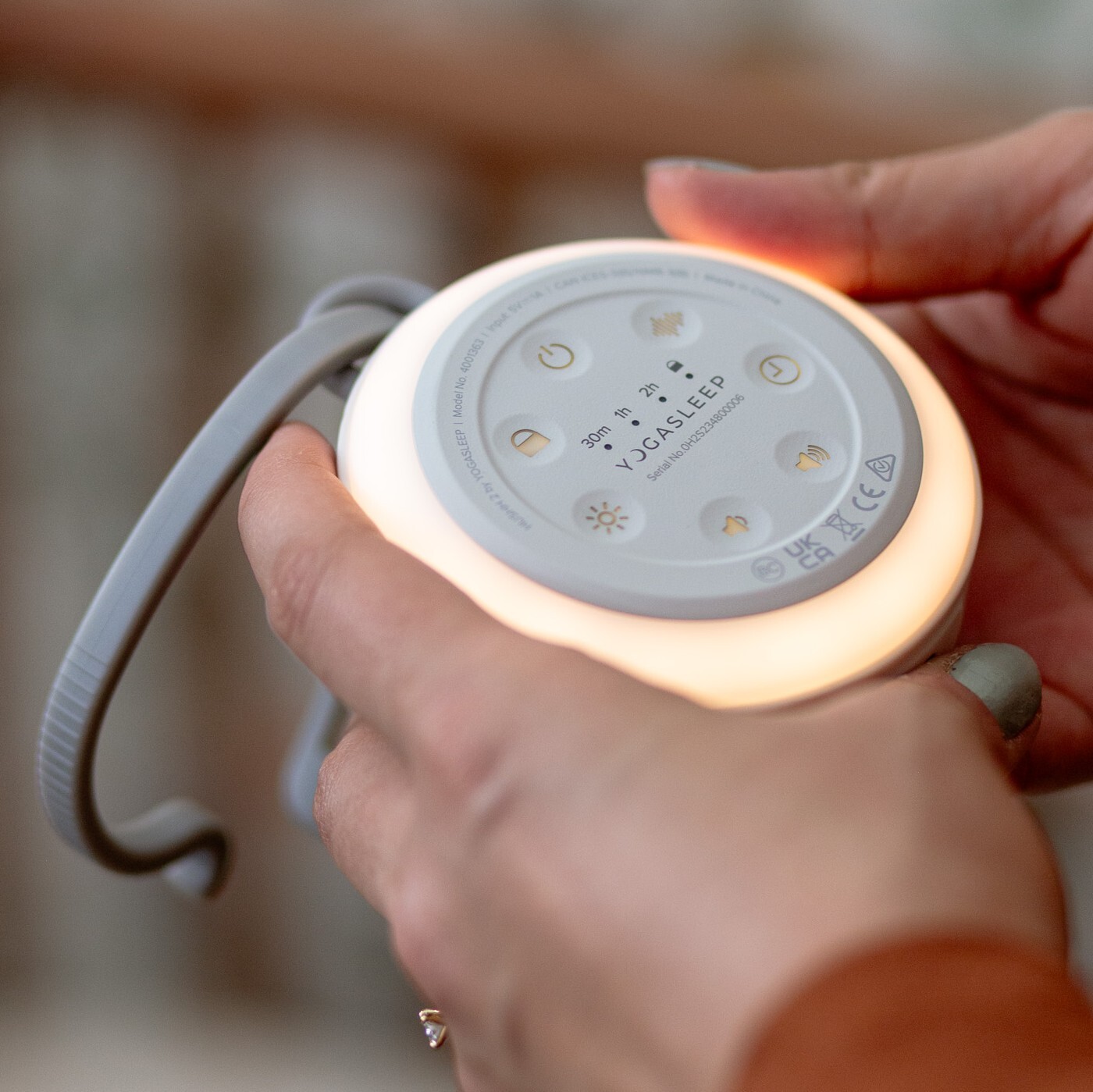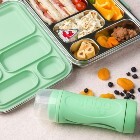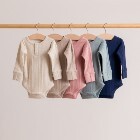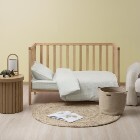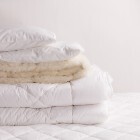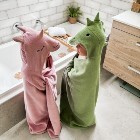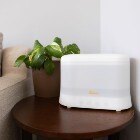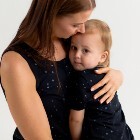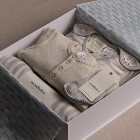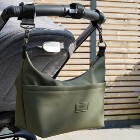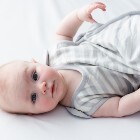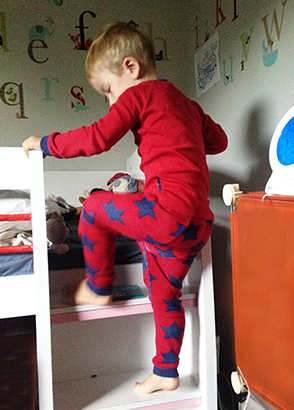Bunk beds are popular for children, particularly where children share a room. However bunk beds can be dangerous, especially for very young children! Loft type beds are also becoming increasingly popular, where there is storage or a desk underneath the bed (so these types of beds are included in this information).
There are a number of ways bunks can be dangerous, and most bunk bed injuries happen when children fall from the top bunk. Children can also get stuck in gaps or get their clothes caught on tall corner posts. This can often lead to serious or even fatal injuries.
There is an Australian/New Zealand product standard that applies to bunk beds – AS/NZS 4220:2010. This standard is voluntary and addresses the design and construction of bunk beds. While this standard is not mandatory, the Ministry of Consumer Affairs strongly advocates compliance with the standard and ensuring your bunks meet the standard will give you peace of mind.



